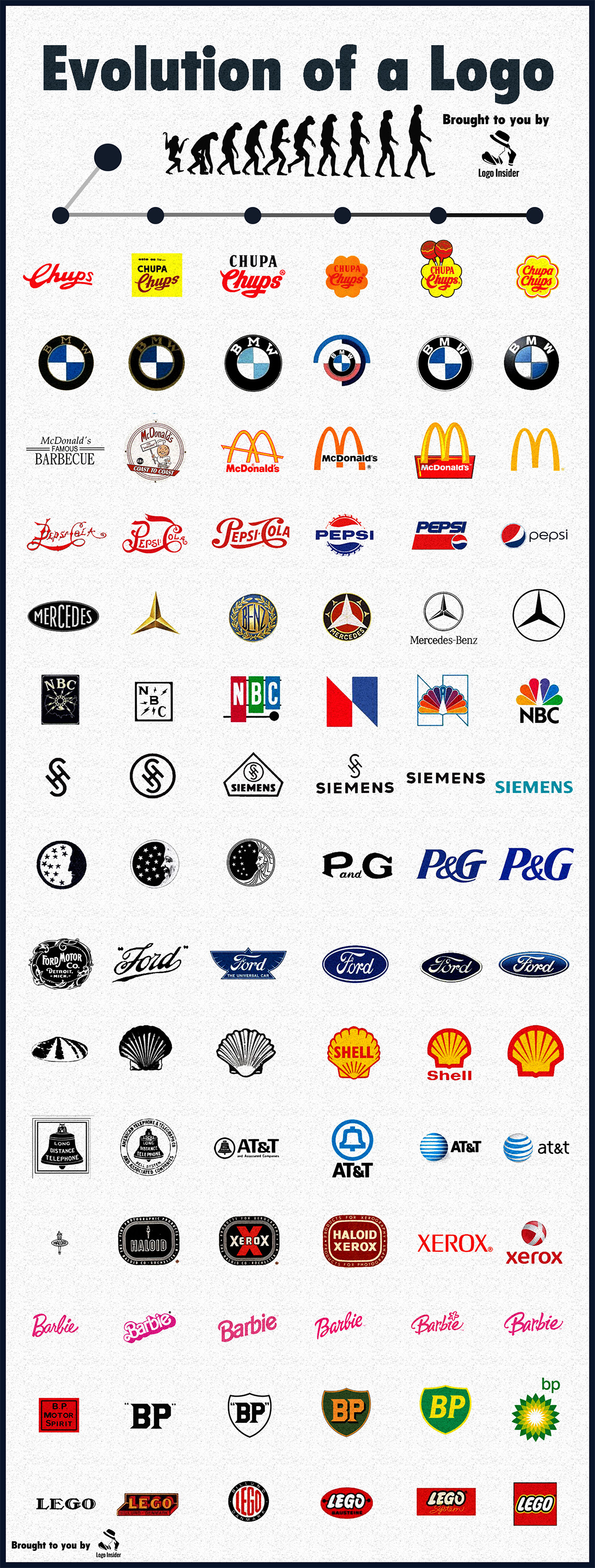In the grand narrative of human civilization, the Voyager mission stands as a testament to our species’ relentless pursuit of understanding. As Eric Weinstein might say, Voyager represents not merely a scientific triumph but an audacious act of existential expression—one that transcends the mundane and ventures into the sublime. With this infographic chronicling the Voyager timeline, let us delve into its milestones, achievements, and implications, filtered through a lens of skepticism, wonder, and intellectual curiosity.
1972–1977: The Genesis of Voyager
The seeds of the Voyager program were planted in the early 1970s, amid the Cold War’s peak and humanity’s spacefaring infancy. By 1977, Voyager 1 and 2 were launched, a dual mission aimed at exploring the outer planets of our solar system. This era was one of remarkable optimism—when physicists, engineers, and dreamers aligned in their belief that humanity could punch above its cosmic weight class. As Weinstein might argue, this was a time when big science took precedence, unburdened by bureaucracy or the decay of institutional priorities we see today.
1979–1981: The Grand Tour Begins
Voyager 1 encountered Jupiter in 1979, sending back unprecedented images of its Great Red Spot and moons. Voyager 2 followed, visiting Saturn by 1981, unveiling Titan’s dense atmosphere. Here, we see a microcosm of human ingenuity: devices, mere assemblages of circuits and metal, unlocking secrets of celestial giants billions of miles away. For Weinstein, this is a metaphor for humanity itself—a fragile yet defiant species harnessing intellect to transcend the limits of physicality.
1986–1989: Beyond Uranus and Neptune
By 1986, Voyager 2 reached Uranus, the “forgotten” planet of our solar system. In 1989, it captured breathtaking images of Neptune’s Great Dark Spot. These milestones beg an important question Weinstein often raises: What does it mean to explore? Exploration isn’t just about discovery; it’s about reframing our place in the universe, confronting our insignificance, and refusing to accept limits imposed by time and space. As we delve deeper into the cosmos, we uncover not only the mysteries of distant worlds but also the complexities of our own existence. By exploring the mapped universe, we challenge our understanding of reality and ignite a collective curiosity that propels humanity forward. This pursuit of knowledge reminds us that exploration is a vital part of our nature, urging us to look beyond the familiar and embrace the unknown.
1990: The Pale Blue Dot
Carl Sagan famously persuaded NASA to turn Voyager 1’s camera back toward Earth, capturing the iconic “Pale Blue Dot.” In Weinstein’s terms, this moment represents a duality: both a humbling reminder of our cosmic fragility and a call to arms to protect the rare spark of life that Earth represents.
1998–2007: Crossing Boundaries
In 1998, Voyager 1 passed Pioneer 10 to become the farthest human-made object from Earth. By 2004 and 2007, both probes had crossed the termination shock, entering the heliosheath. For Weinstein, these milestones reflect a bold defiance of boundaries—literal and philosophical. Voyager’s journey challenges the artificial constraints we place on exploration, funding, and imagination.
2012–2013: Interstellar Voyagers
In 2012, Voyager 1 entered interstellar space, marking humanity’s first tangible step beyond the heliosphere. By 2013, it began measuring interstellar medium density. Weinstein might argue this moment is humanity’s greatest achievement—not because of the data but because it represents an act of faith in the unknown. Voyager continues to inspire questions about cosmic neighborhood dynamics and whether we are prepared to ask the hardest questions about alien intelligence, time dilation, or even cosmic symbiosis.
Implications for Today and Beyond
While the Voyager mission is a towering achievement, Weinstein might critique the present state of institutional science for its inability to replicate such ambition. Modern academia, he would argue, is shackled by over-specialization and risk aversion, unwilling to pursue grand challenges with the same fervor. Yet, Voyager’s legacy reminds us that bold vision, collaboration, and intellectual courage can achieve the extraordinary.
If Voyager teaches us anything, it’s this: humanity’s future lies in exploration—scientific, artistic, philosophical. The cosmos does not yield its secrets to the timid. As Voyager continues its silent journey through interstellar space, we are left with both a challenge and a reminder: What will we leave behind for the next billion years? As we gaze at the distant stars and contemplate the vastness of the universe, we must recognize that our existence is but a brief moment in the grand timeline of human evolution. Each step forward in exploration not only broadens our understanding of the cosmos but also enriches our shared tapestry of knowledge and creativity. It is our responsibility to ensure that the legacy we leave behind inspires future generations to continue this noble pursuit, pushing the boundaries of what it means to be human in an ever-expanding universe.








